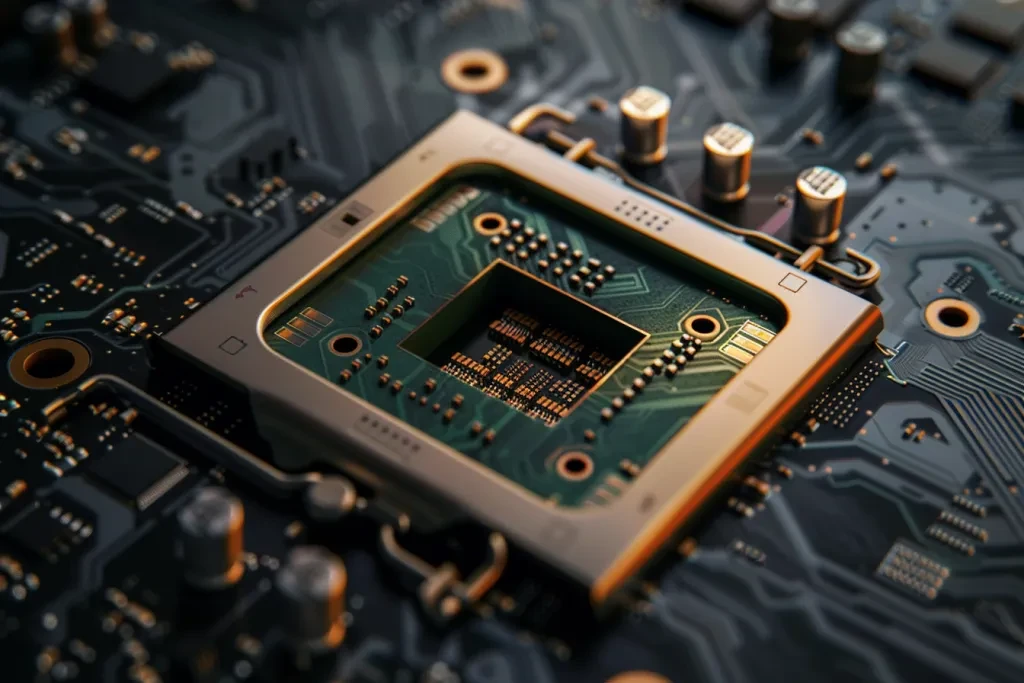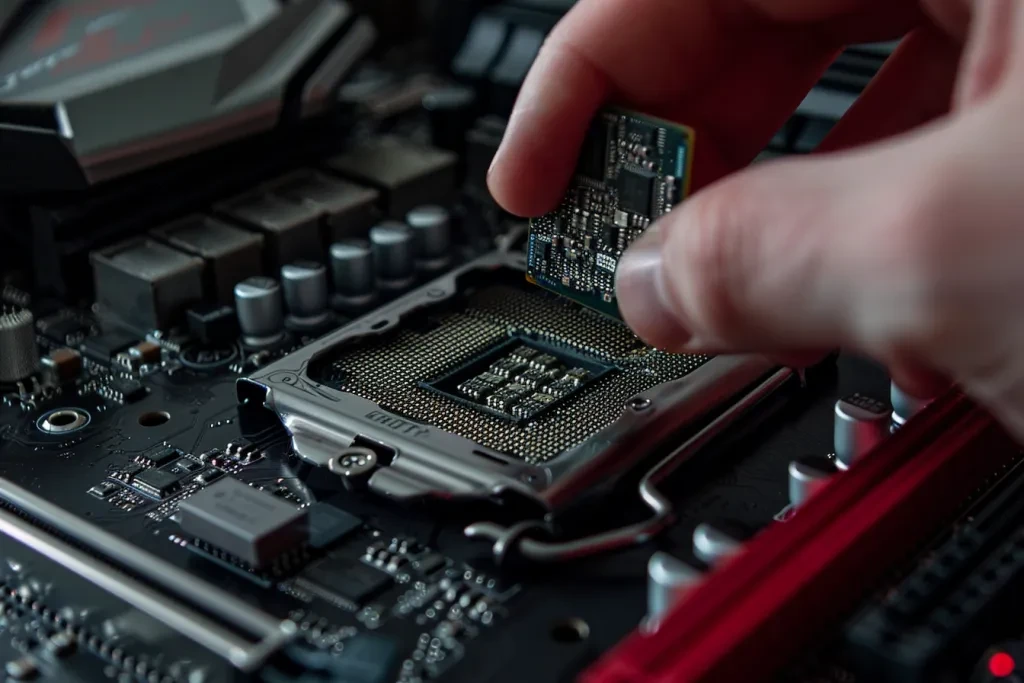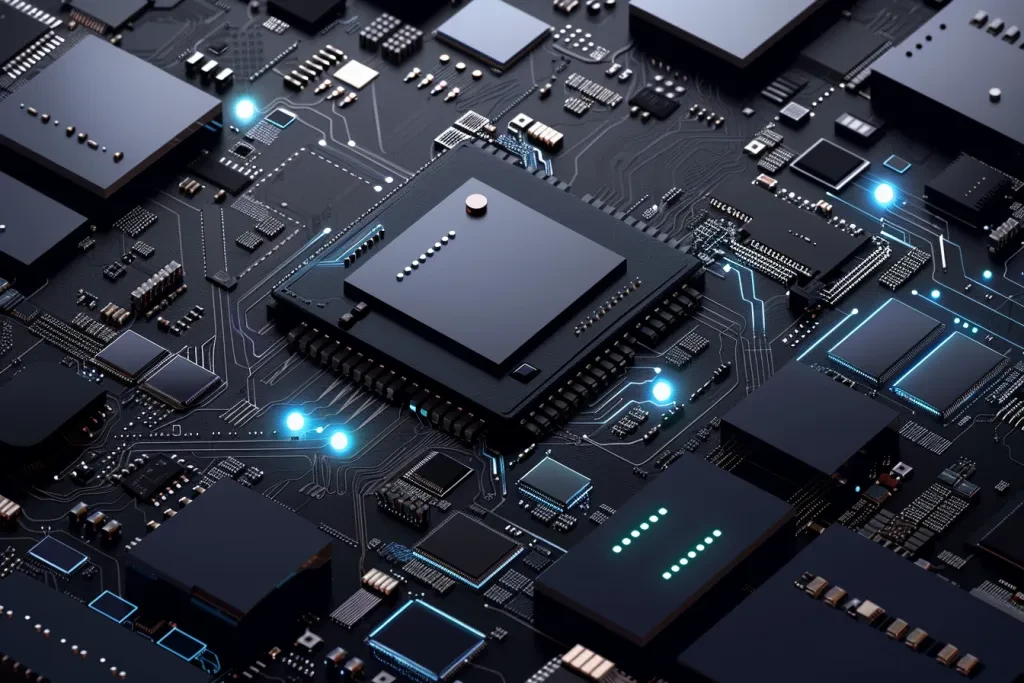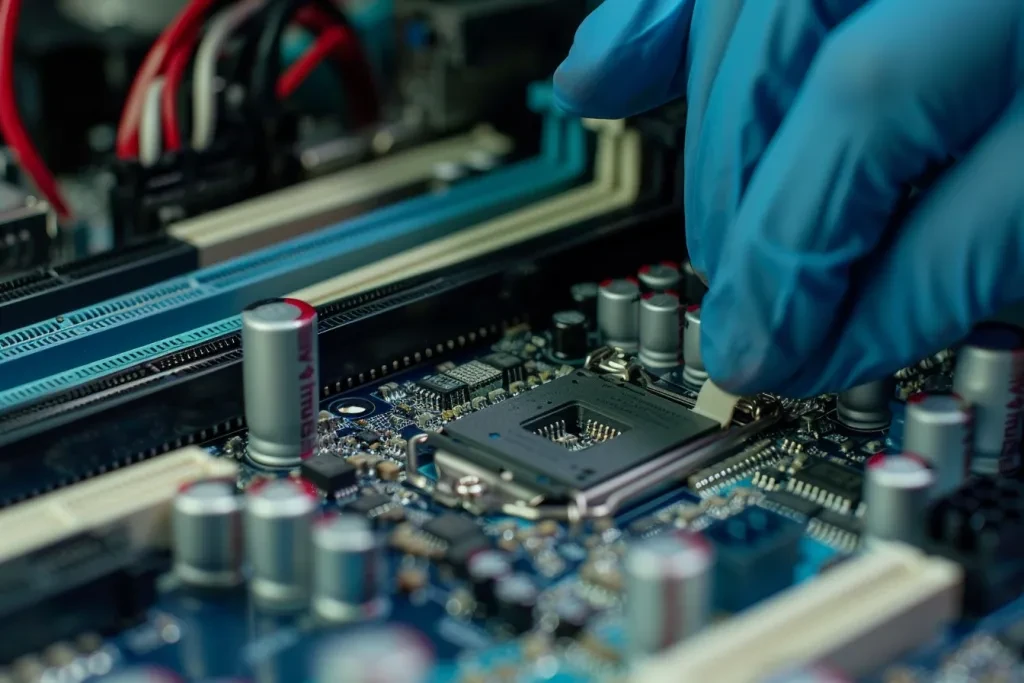In the vast universe of consumer electronics, the Central Processing Unit (CPU) serves as the beating heart of any computer system. Often referred to as the “brain” of a computer, its performance and capabilities directly influence the efficiency and effectiveness of computing tasks. Understanding CPUs is crucial for anyone looking to make informed decisions about their technology investments. This article aims to demystify CPUs, breaking down their complex nature into digestible insights.
Table of Contents:
– The evolution of CPUs
– Understanding CPU architecture
– Performance metrics to consider
– The role of CPUs in gaming
– Future trends in CPU development
The evolution of CPUs

The journey of CPUs from simple, single-core processors to today’s sophisticated, multi-core marvels is a testament to human ingenuity. Initially, CPUs were designed to perform basic arithmetic and logic operations, but as technology advanced, their role expanded. The introduction of integrated circuits marked a significant turning point, allowing for more compact and efficient processors. Over the years, the focus shifted towards optimizing performance, reducing power consumption, and integrating more cores to handle parallel tasks seamlessly.
The evolution of CPUs is not just a story of technical advancements but also a reflection of changing consumer needs. As software applications grew more complex, the demand for faster and more efficient processing power surged. This pushed manufacturers to innovate continually, leading to the development of CPUs that could perform billions of calculations per second, transforming the way we interact with technology.
Understanding this evolution is crucial for appreciating the capabilities and limitations of current CPUs. It provides a foundation for exploring how they have become integral to advancements in various fields, from scientific research to everyday consumer electronics.
Understanding CPU architecture

At its core, CPU architecture refers to the design and functionality of a processor. It encompasses everything from the number of cores and processing threads to the instruction set it can handle. Modern CPUs are marvels of microarchitecture, balancing raw processing power with energy efficiency and heat management.
A key aspect of CPU architecture is the distinction between physical cores and logical threads. Physical cores can independently execute tasks, while logical threads, enabled by technologies like hyper-threading, allow a single core to handle multiple tasks simultaneously. This enhances the CPU’s ability to manage a multitude of processes efficiently, a critical factor in multitasking environments.
Another crucial component is the cache memory, which stores frequently accessed data for quick retrieval. CPUs with larger cache sizes can perform tasks more swiftly, as they reduce the need to fetch data from the slower main memory. Understanding these architectural nuances is essential for gauging a CPU’s performance in real-world applications.
Performance metrics to consider

When evaluating CPUs, several performance metrics come into play. Clock speed, measured in gigahertz (GHz), indicates how many cycles a CPU can execute per second. While a higher clock speed can mean faster performance, it’s not the sole determinant. The number of cores and threads also significantly impacts how efficiently a CPU can handle multiple tasks.
Another metric to consider is the thermal design power (TDP), which represents the maximum amount of heat a CPU is expected to generate. This is crucial for system builders, as it influences cooling solutions and overall system stability. Additionally, instructions per cycle (IPC) offer insight into how effectively a CPU executes tasks within each clock cycle, a vital factor for understanding its performance potential.
Evaluating these metrics requires a balanced perspective. Focusing on a single aspect can lead to misleading conclusions about a CPU’s capability. Instead, considering how these factors interact will provide a more comprehensive view of its performance.
The role of CPUs in gaming

For gaming enthusiasts, the CPU’s role cannot be overstated. It not only handles game logic and physics calculations but also influences frame rates and overall gameplay smoothness. A powerful CPU ensures that graphics cards are not bottlenecked, allowing for higher resolutions and more detailed textures.
The importance of CPU performance in gaming extends to multiplayer experiences and streaming. Here, the ability to manage multiple threads becomes crucial, as it affects the CPU’s capability to handle game processes and encoding tasks simultaneously. For gamers looking to stream their gameplay, a CPU with a high number of cores and threads is advantageous.
As games become more sophisticated, leveraging advanced physics simulations and AI, the demand on CPUs continues to grow. This underscores the need for gamers to understand CPU specifications and how they impact gaming performance.
Future trends in CPU development

Looking ahead, the trajectory of CPU development points towards increased efficiency, higher core counts, and advancements in nanotechnology. As the push for smaller, more efficient chips continues, we’re likely to see CPUs with even lower power consumption and greater performance levels.
One of the most exciting prospects is the integration of artificial intelligence (AI) within CPU architecture. This could revolutionize how CPUs process data, enabling more intelligent and adaptive computing systems. Additionally, the advent of quantum computing presents a radical shift in processing capabilities, though its practical application in consumer electronics remains a topic of ongoing research.
The future of CPUs is not just about speed or power but about redefining what’s possible with technology. As we stand on the brink of these advancements, the potential for innovation in computing is boundless.
Conclusion:
CPUs remain at the forefront of technological advancement, driving the capabilities of modern electronics. From understanding their evolution and architecture to considering performance metrics and future trends, it’s clear that these components are more than just hardware—they’re the cornerstone of digital innovation. As technology continues to evolve, the role of CPUs will undoubtedly expand, shaping the future of computing in ways we have yet to imagine.



